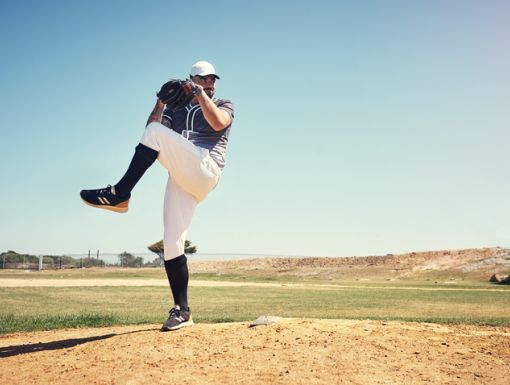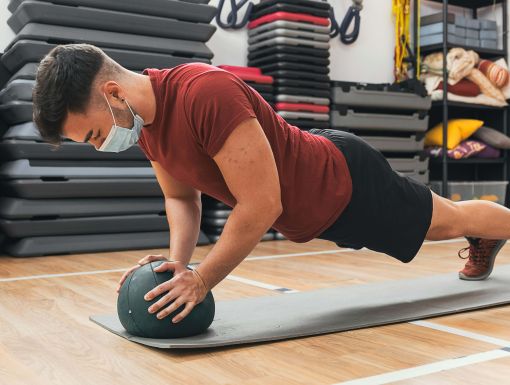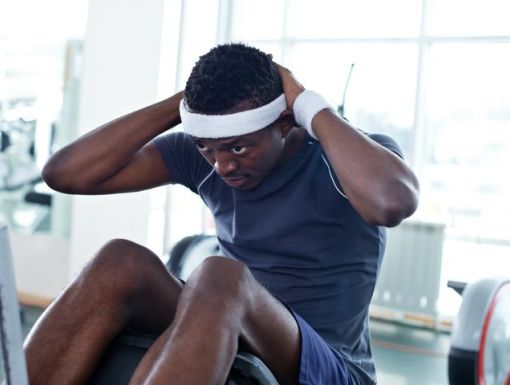
5 Things to Know About Daily Stretching
Summer is here and with the warmer weather comes an increase in outdoor activities. We often jump into physical activity without a second thought of preparing our bodies for the task of elevated movement. Even in our daily life, we skip a crucial step in preparing ourselves physically. Stretching is one of the most common ways to prepare our bodies before any workout or daily activity. It also benefits your body and life in many ways.
Flexibility improvement
We can improve the flexibility and range of motion of a joint by placing that area of the body under a small amount of stress. This allows the muscles and tendons to adapt and the joint's range of motion to increase. Through improved flexibility, we can move throughout our lives while avoiding increased pressure and tightness in areas. It's important to understand that this activity may be slightly uncomfortable initially but should be pain-free.
Movement preparation
Stretching sets up the body for success. Joint stress increases with exercise and daily life. Habitual stretches may decrease this stress by moving the body before activity. As a result, each joint is cued and ready for the challenge, reducing injury and overall wear and tear. This allows for physical longevity and health.
Stiffness and soreness decrease
After physical activity, it is common to experience some level of soreness or stiffness. Stretching helps speed up the recovery process and decreases post-activity soreness. In addition, stretching following exercise has also been shown to reduce delayed onset muscle soreness (DOMS). As a result, you will experience a quicker recovery from day to day and a smoother transition to another daily routine.
Now that we understand the benefits of stretching, it is important to know how to stretch correctly. There are multiple ways to stretch and move our bodies before activity.
Static stretching
There are two types of static stretching: active and passive. Active (self-stretch) stretching involves using your body's muscles to stretch the opposing muscle group. An example of this is pulling your leg forward with your quadriceps muscle to stretch your hamstring muscles. Passive (partner stretch) stretching includes putting a joint in a position through gravity or external pressure, like pulling your elbow next to your ear to stretch your Triceps muscle on the back of your arm. Typically, this movement is held from 20 – 30 seconds.
Dynamic stretching
Dynamic style stretching includes moving the body into different ranges of motion with no holds or pauses. This type of stretching appears like common movement patterns, such as leg swings and side bends.
Stretching is a beneficial activity that can be incorporated into your daily routine before any workout, workday or outdoor activity. Remember, these motions should be made pain-free, although some light discomfort may be anticipated. Static and dynamic stretching are the fundamental forms of exercise. Therefore, it is important to research the types of stretches that are right for you. Movement is the key to health, so start stretching!
To learn more about Ochsner's Athletic Training Outreach progra, please visit:https://www.ochsner.org/servic... .



